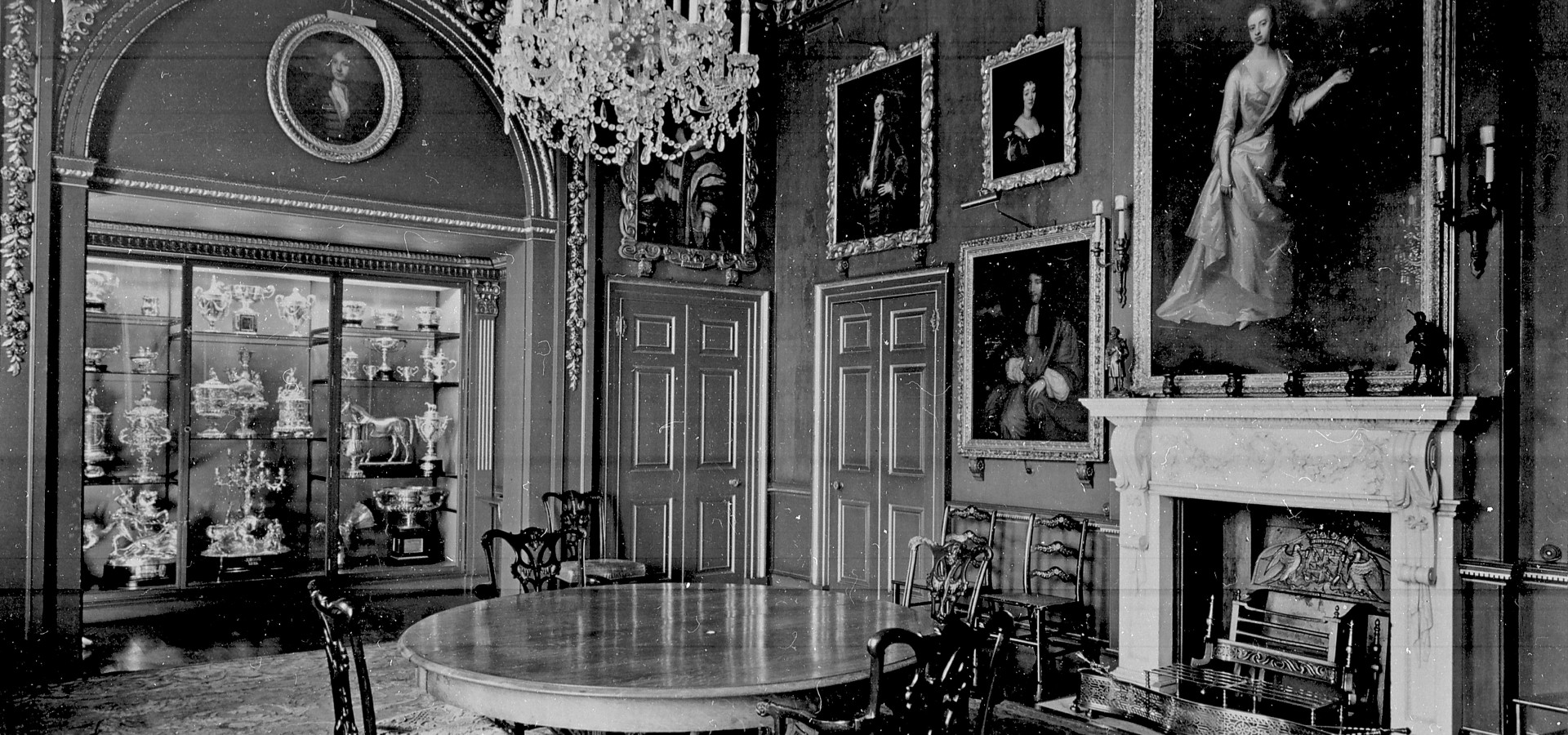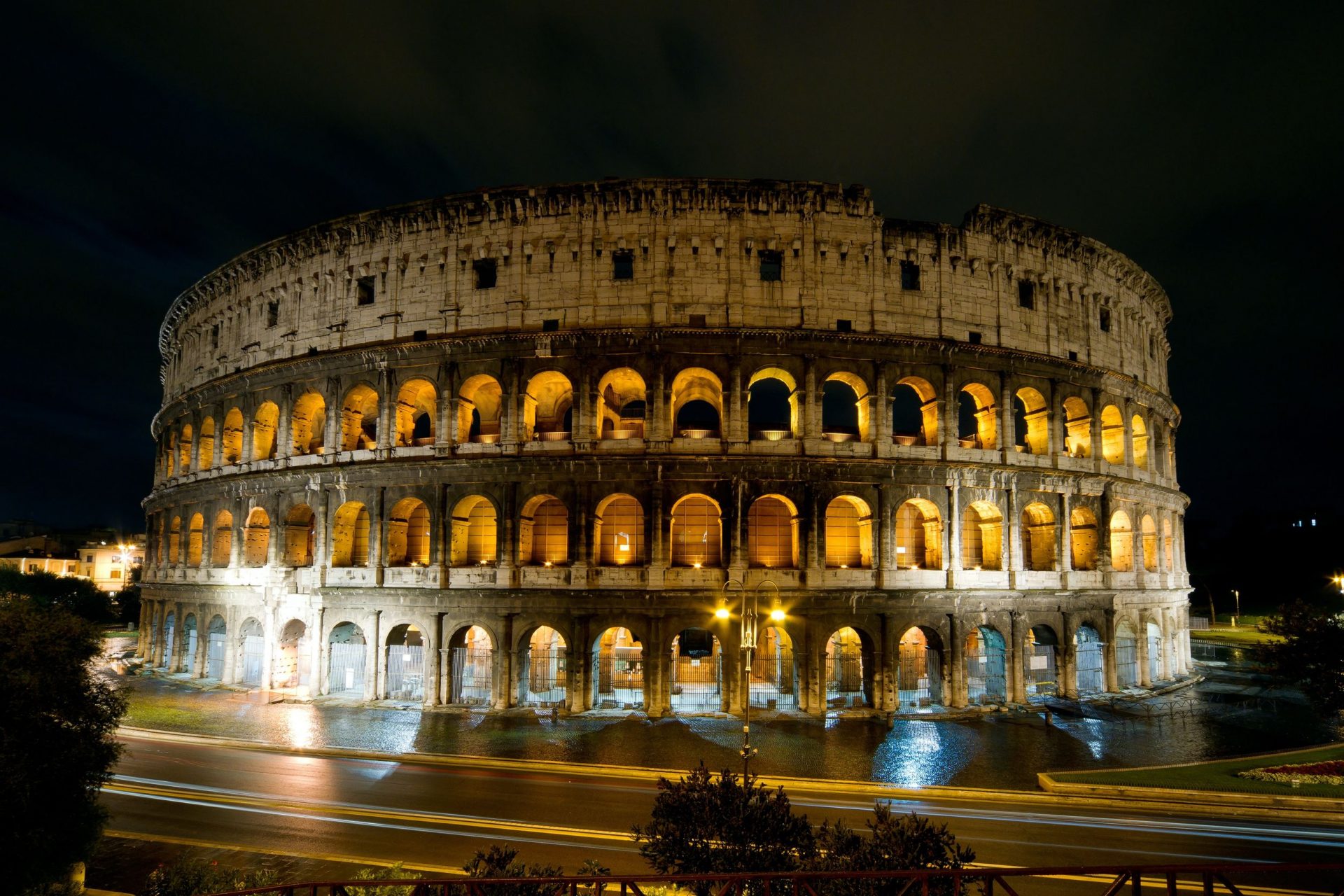Set in the heart of Robin Hood Country, just 3 miles from Sherwood Forest, is Rufford Abbey Country Park. This is a great place to visit with its ruined abbey, lake and woodland walks, but not many people know about its history so here’s a little taster….
Rufford Abbey was founded by the Cistercian monks in the 12th century. It was in 1185 that King Henry II granted a Royal Charter, confirming protection for the Abbey. Over the next two centuries the monks prospered from selling wool and from gifts of land, rents and the sale of timber. However, in 1537, following the dissolution of the monasteries by King Henry VIII, Rufford Abbey and its land was granted to George Talbot, 4th Earl of Shrewsbury. But it was the 6th Earl (1522-1590, husband to Bess of Hardwick) who transformed the old abbey into a country house. Gilbert Talbot, the 7th Earl and married to Bess’s daughter, inherited the estate in 1590 and was responsible for adding wings onto the north and south ends of the lay brothers wing. The house was often visited by James I and Charles I who liked to hunt in Sherwood Forest.
In 1626 the house passed to the Savile family. William Savile was an ardent Royalist and King Charles visited Rufford in 1642 shortly before raising his standard in Nottingham to signal the start of the English Civil War.
The Savile family continued to improve the house and in 1680 George Savile, 1st Marquess of Halifax, pulled down the remaining old monastery and built a new north wing with large reception rooms and long gallery. A bath house was built and in 1729 a garden pavilion added. However, in 1837 Anthony Salvin was employed to undertake a thorough re-design of the house. His design included a Tudor-style entrance porch with steps and balustrade. Then in 1841 a main avenue was constructed from the house to Nottingham Road and lined with rows of lime trees. These trees can still be seen today.
Over the years Rufford was inherited by distant relatives and illegitimate sons, one such being Captain Henry Savile who was a well-known breeder of race horses. His most successful horse was Cremorne who won the Derby in 1872 and, a year later, the Ascot Gold Cup. Cremorne was buried at Rufford, his grave can be found in the Animal Graves along with other family pets.
In 1887 the estate passed to Sir John Savile who was a keen archaeologist. He converted the bath house into a roofed orangery where he displayed his collection of Roman sculptures and antiquities. This last year, a granite Roman plinth dating back to around 150AD has been discovered in the grounds and can be viewed by visitors.
After the first world war Rufford fell into decline and the 18,730 acre estate was sold in 1938 to local industrialist Sir Albert Ball. He divided the estate to sell for development and sold the contents of the house at auction. Henry Talbot de Vere Clifton bought the abbey and its grounds.
It was taken over by the army in 1939 and the Leicestershire Yeomanry, 6th Cavalry Brigade were stationed here followed by the Coldstream Guards. About 20 army huts were built and these later housed Italian prisoners of war. After the war the Forestry Commission and the Nottinghamshire branch of the Civil Defence used them.
By 1949 the house was deteriorating and a trust was founded to try to save it. The house continued to fall into disrepair and in 1952 Nottinghamshire County Council decided to purchase the Abbey and approx. 130 acres of land. In 1956 it was decided to demolish the upper floors, the 17th century north wing and the 18th century east wing. This was started but not finished and English Heritage eventually took responsibility for the remaining buildings. A park ranger service was set up in 1969 with a five year plan to improve the grounds, restore the lake and plant 10,000 trees. Rufford was now a designated Country Park.
Today visitors can still see much of the original monastery, the now roofless dormitory, the night stairs, the western wall of Cloister Walk, the vaulted dining room, and the Parlour. The country house kitchen is now the Savile Restaurant and the stable block houses the craft centre, tourist information centre and gift shop. The former corn mill built by the monks and later converted to a saw mill, is now the Outdoor Living shop, café and wedding venue. Visitors can walk around the extensive grounds, the formal gardens, woodlands and around the lake. It is said that the ghosts of a White Lady and a monk haunt the undercroft.
I hope this inspires you to pay a visit to Rufford Country Park and become immersed in its history.




